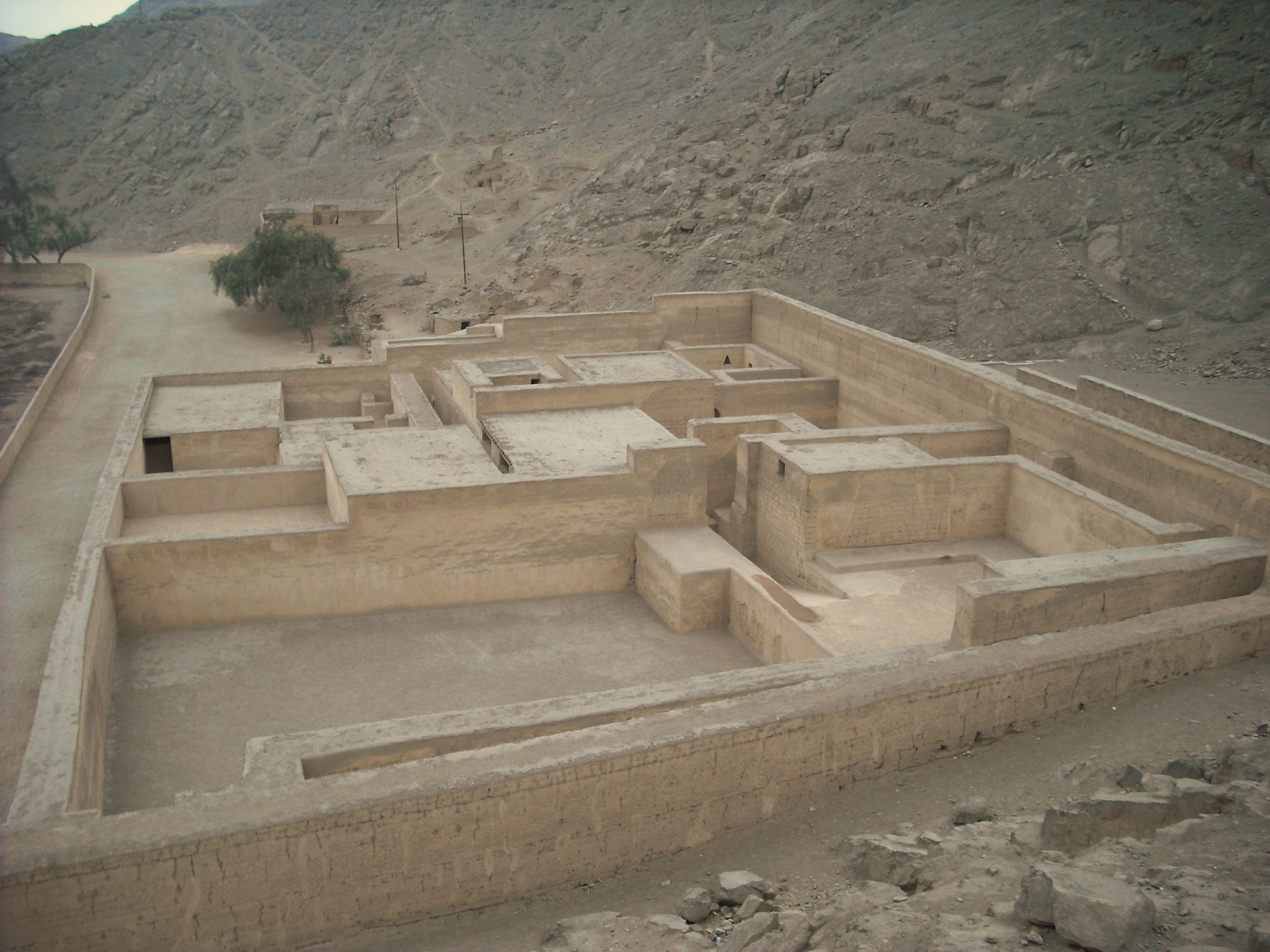Puruchuco stands as a significant archaeological zone in Peru, embodying the administrative and religious essence of the Ychma-Inca period from the 12th to the 16th century AD. Located in the district of Ate, within the capital city of Lima, this site offers a unique glimpse into the confluence of two major pre-Columbian cultures.
Lima Culture
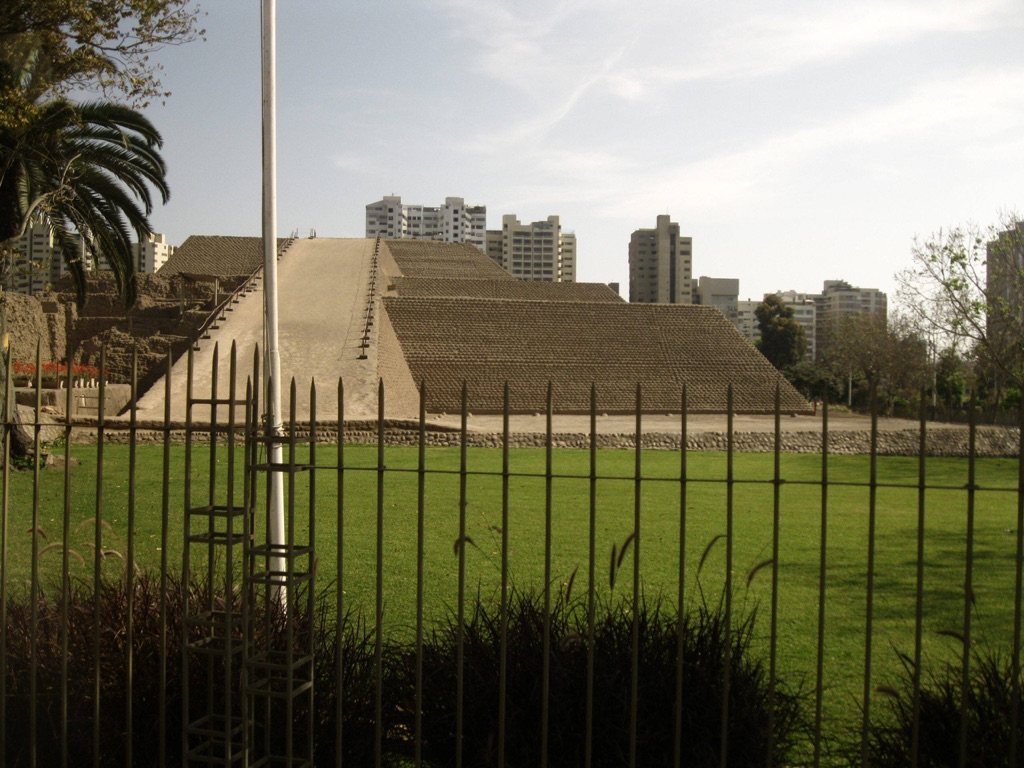
The Lima Culture was an ancient civilization that flourished on the central coast of Peru, particularly in the valleys of the Chillon, Rimac, and Lurin rivers from around 100 CE to 650 CE. Characterized by their skillful adobe architecture and irrigation techniques, the people of the Lima culture built extensive networks of canals to support their agriculture, which was vital for sustaining the population in a dry coastal environment. Known sites include Maranga and Pachacamac, where temples and administrative centers indicate a well-organized urban development.
Their artefacts, notably textiles and ceramics, exhibit distinctive styles with patterns and themes unique to the Lima culture, sometimes known as “cultura lima.” Looming pyramids and huacas – ancient religious sites – are testaments to the intricate religious practices and beliefs that played a central role in their society. The end of the Lima culture is attributed to a combination of environmental changes and the rise of the more militaristic Wari culture from the highlands. Today, archaeological remnants of the Lima culture in Peru provide vital evidence of pre-Incan civilization on the Pacific coast and offer insight into the lifestyles and achievements of the coastal peoples of ancient Peru.
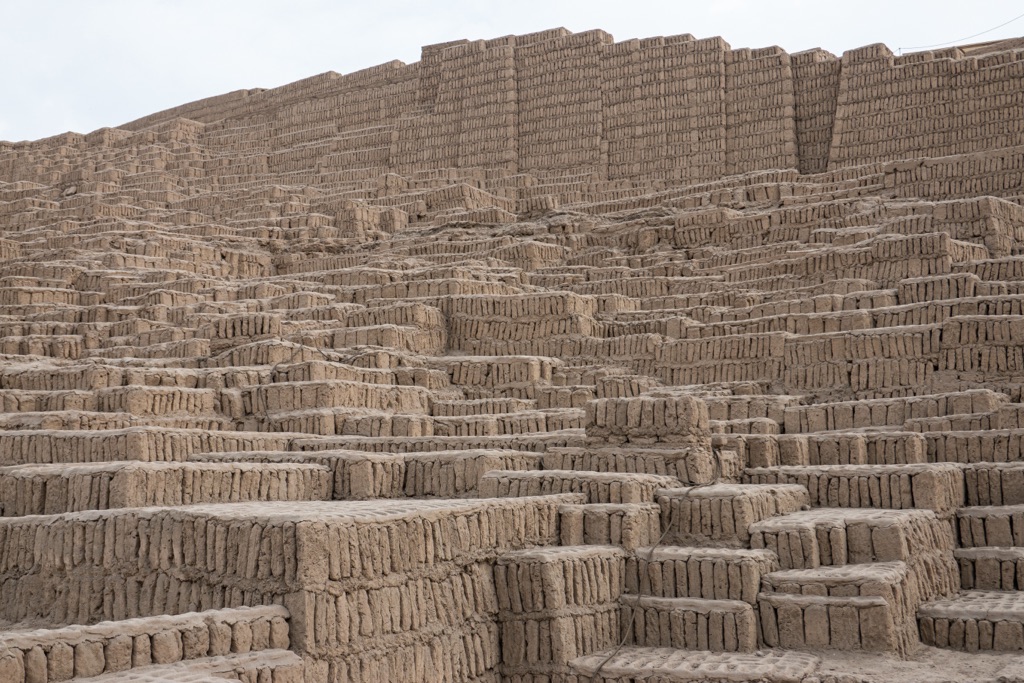
Timeline and Geographical Setting
The Lima culture emerged around AD 100, during a period characterized by the development of complex societies along the Peruvian coast. It reached its zenith between the 3rd and 7th centuries AD, with its influence predominantly concentrated in the valleys of the Chancay, Chillón, Rímac, and Lurín rivers. The strategic location of these valleys facilitated not only agriculture but also trade and communication.
Archaeological Sites and Artifacts from the Lima Culture
Society and Culture
The Lima society was marked by its architectural achievements, including the construction of monumental temples and pyramids made from adobe. Notable among these is the Maranga Complex, a ceremonial center within the modern city of Lima. The society was stratified, with an elite class overseeing religious ceremonies, trade, and the administration of agricultural lands. The Lima people were skilled in irrigation, developing extensive canal systems to support their agriculture, which included the cultivation of maize, beans, and cotton. Their pottery, characterized by distinctive black-on-white designs, provides valuable insights into their daily life, social practices, and religious beliefs.
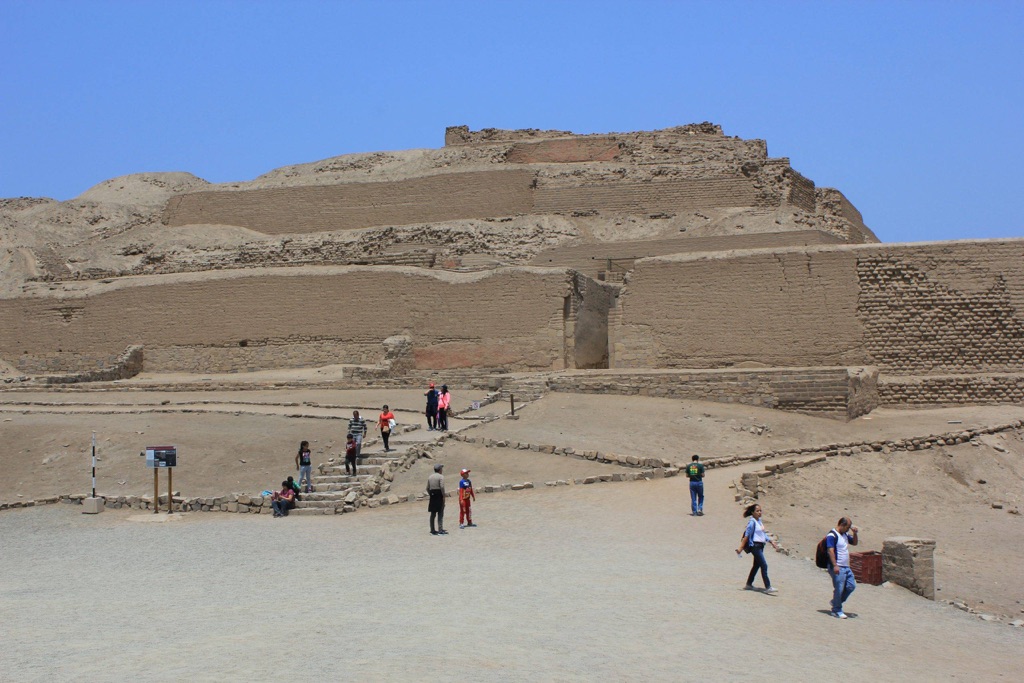
Religion and Gods
Religion played a central role in the Lima culture, with a pantheon of gods reflecting the society’s deep connection to the natural world. The principal deity was believed to be a creator god, often associated with the sea, which was crucial for the Lima people’s subsistence and worldview. Religious practices included offerings, sacrifices, and elaborate ceremonies, many of which were conducted in the monumental temples that dotted the landscape.
Wars and Conquests
There is limited evidence of large-scale warfare or conquests by the Lima culture. The society’s development and expansion seem to have been achieved more through trade and cultural exchange than through military conquest. However, the Lima people did engage in defensive strategies to protect their territories, as evidenced by the construction of walls and fortifications around their settlements.
Collapse and Downfall
The decline of the Lima culture around AD 650 is not attributed to a single cause but rather a combination of factors. Environmental changes, including shifts in the El Niño phenomenon, may have disrupted their agricultural systems and economy. Additionally, the expansion of the Wari Empire, a powerful Andean civilization, into the Lima territory likely played a significant role in the culture’s eventual absorption into broader Andean civilizations.
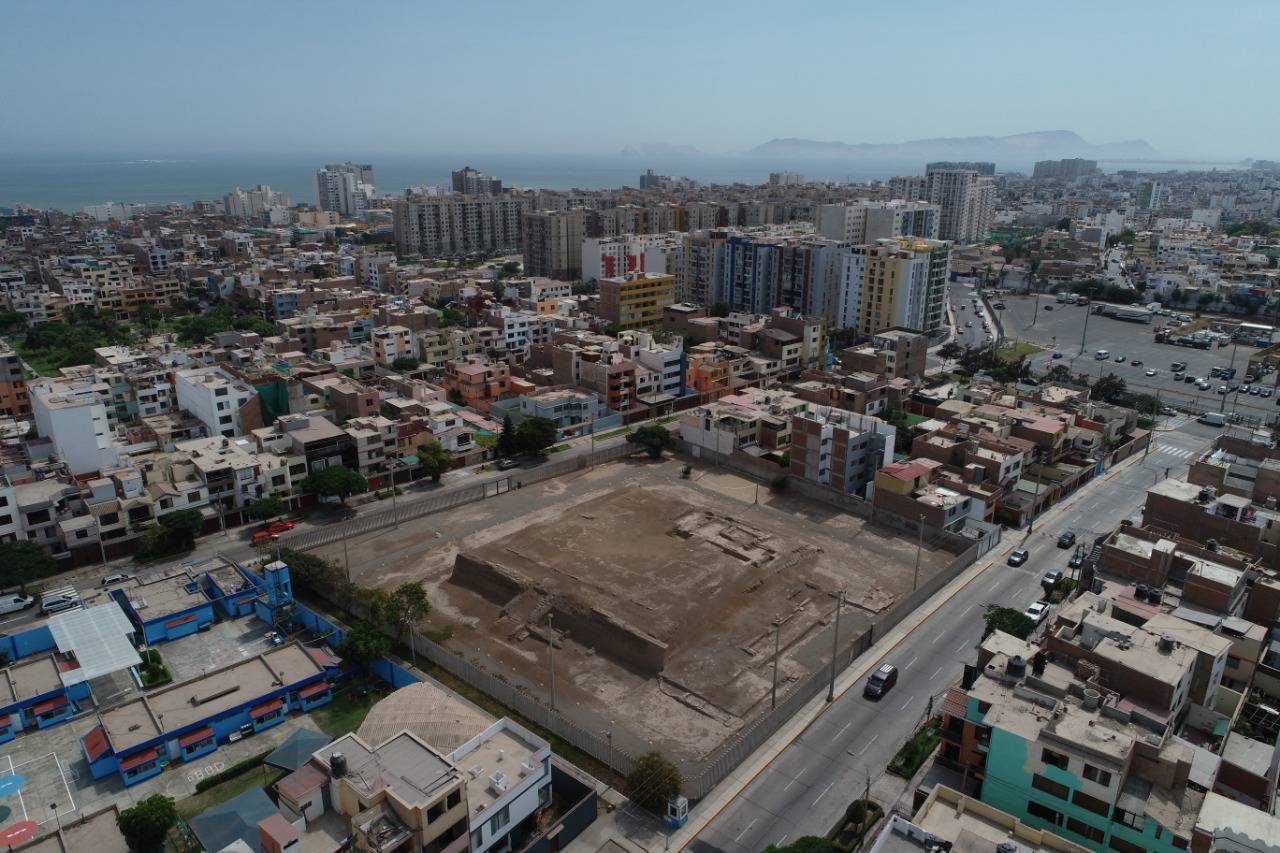
Huaca Casa Rosada
Huaca Casa Rosada stands as a significant archaeological site within the urban landscape of Lima, Peru. Located in the San Miguel district, this site spans approximately 5,300 square meters, encapsulating a rich history that extends from the end of the Middle Horizon to the Late Horizon, and further into the colonial and republican periods of Peru.
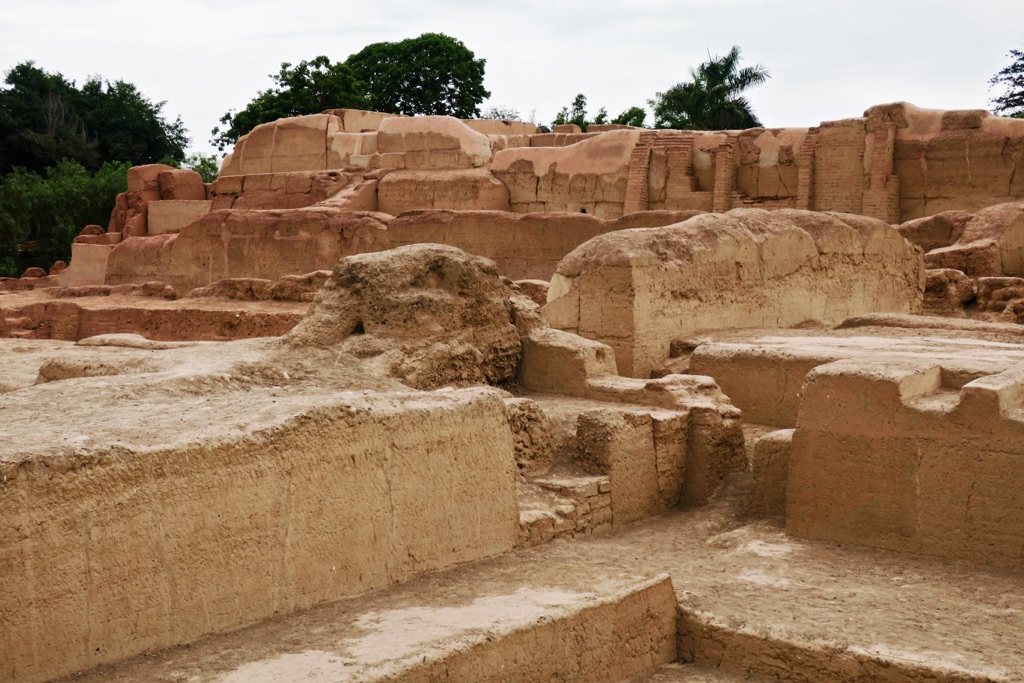
Maranga Archaeological Complex
The Maranga Archaeological Complex is a pre-Columbian site located in Peru. It consists of numerous pyramids, plazas, and residential structures. The complex is a testament to the architectural prowess of the Lima culture, which thrived in the region between 200 AD and 700 AD. Maranga serves as a crucial link to understanding the social and ceremonial practices of this ancient civilization. The site has been pivotal in shedding light on the urban and religious development in the central Andes during the early Intermediate period.
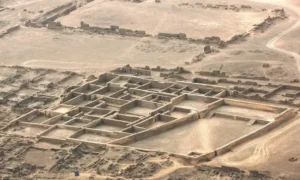
Cajamarquilla
Cajamarquilla is an ancient archaeological site located near Lima, Peru. It is one of the largest pre-Hispanic ruins in the coastal region, believed to have been built around 200 AD. The site was a major urban center, possibly serving as an administrative and commercial hub during its peak. Despite its proximity to modern development, Cajamarquilla has retained much of its structure, offering valuable insights into the lives of the people who once thrived there.

Huaca Pucllana
Huaca Pucllana is a significant archaeological site located in the Miraflores district of Lima, Peru. This ancient complex was once a ceremonial and administrative center for the Lima Culture, a society that thrived in the region between 200 AD and 700 AD. The site features a great adobe and clay pyramid and is a prime…
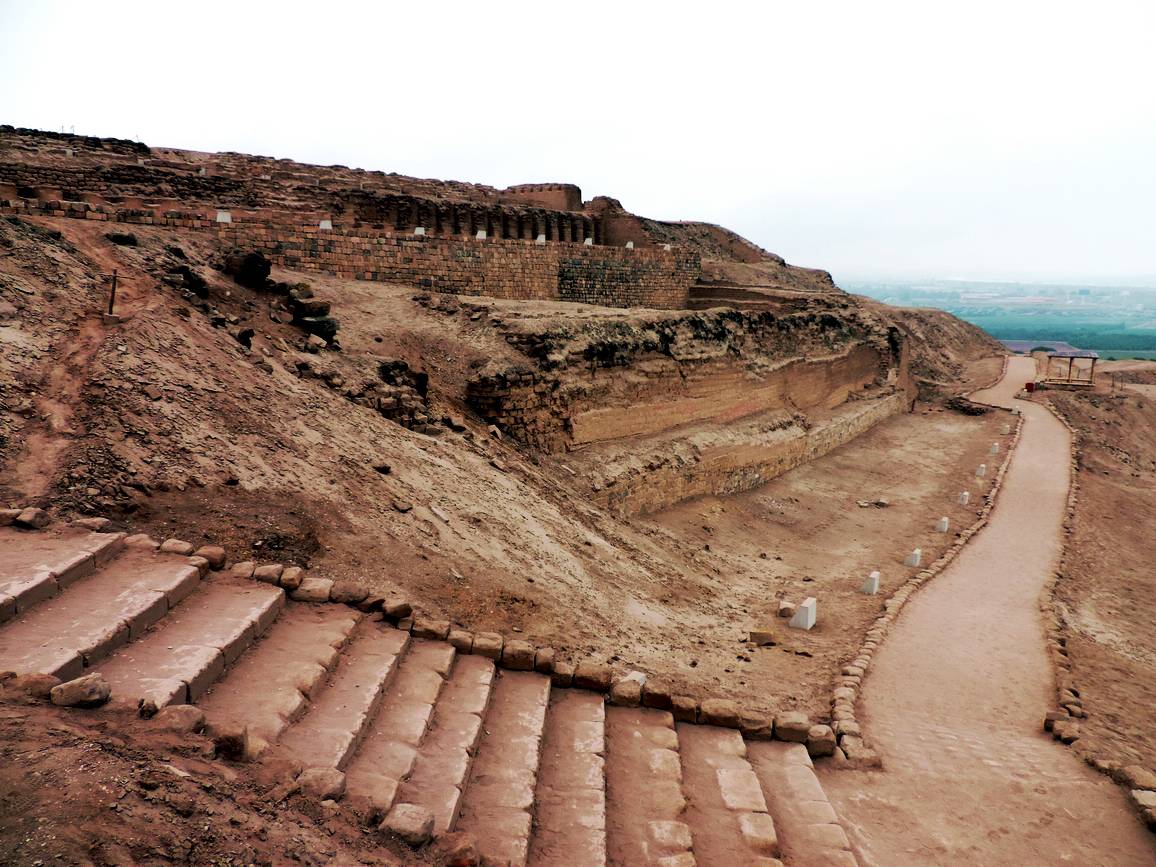
Pachacamac
Pachacamac is a historical and archaeological site located on the Pacific coast of Peru, about 40 kilometers southeast of Lima. The site was named after the god Pachacamac, who was considered the creator of the universe by the ancient Andean people. The site served as a major ceremonial and pilgrimage center for various civilizations for over a thousand years, from around AD 200 to 1533, when it was taken over by the Spanish. Today, Pachacamac remains an important cultural and historical site, offering valuable insights into the religious practices, architecture, and societal structures of the ancient civilizations that inhabited it.

